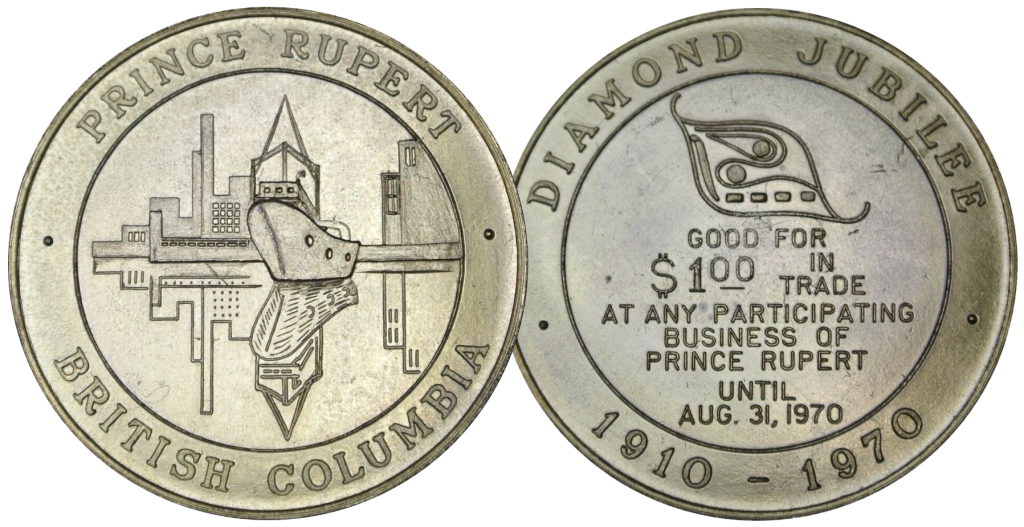On today’s date in 1910, the city of Prince Rupert, B.C., was incorporated.
Before this time, the Coast Tsimshian and Haida peoples – Indigenous communities living on the Pacific Northwest coast – occupied the Prince Rupert Harbour area for at least 5,000 years, according to George MacDonald and Richard Inglis’ 1980 report, An Overview of the North Coast Prehistory Project (1966-1980). By the early 1830s, following a considerable settler population boom that brought with it more house construction and larger villages, the Coast Tsimshian lost their influence in the Prince Rupert Harbour area.
“Prince Rupert (named for the first Hudson’s Bay Company governor) was envisioned in the early 1900s as the western end of the Grand Trunk Pacific Railway (GTPR),” write Alan Artibise and Ken Favrholdt for the Canadian Encyclopedia. “Some hoped the town would rival Vancouver as Canada’s outlet along the Pacific coast, but the hoped-for boom never materialized.”
Prince Rupert of the Rhine, a German-English army officer, admiral, scientist and colonial governor, never visited Canada but earned the namesake honour for what would become “the industrial, commercial and institutional centre for BC’s Northwest Coast,” according to the Canadian Encyclopedia. The decision to use Prince Rupert’s name came after a nation-wide GTPR competition with a prize of $250.
“Three years ago it was virgin forest and deer-trails: today it is a city clamoring for a charter: tomorrow it will be the fish market of America, the wheat spout of the prairies, the gateway to the Orient, and the point where Alaska meets the world,” reads an excerpt from a 1909 Queen’s University Journal.
Prince Rupert was incorporated as an “industry town amongst a stir of hope and expectation,” according to the city’s website.
“A terminus for a trans-continental railway was the main impetus for the full-scale settlement of what was soon-to-be-named Prince Rupert. Goods shipped by rail on their way to Asian markets would make the new port city their final Canadian destination.”
The first municipal election took place on May 19, 1910, with Alfred Stork elected as the first mayor.
PRINCE RUPERT TRADE DOLLARS
In 1960, the Prince Rupert Golden Jubilee Committee commissioned the Sherritt Mint to strike trade dollars “good for $1 in trade during the year 1960.”
This issue marked the city’s 50th anniversary.
A decade later, another $1 token was struck to celebrate the city’s 60th anniversary.
Since the early 1960s, communities across Canada have used trade dollars and tokens – coins sponsored by local authorities and given a legal monetary value within a specified area for a limited time – to raise funds or promote tourism.
Throughout the 1970s and ’80s, many communities would commission these tokens, most of which were made locally by the Sherritt Mint, which began in 1927 as an Alberta-based mining operation before expanding into coinage in 1961. Businesses in a trade token’s town of issuance would accept the makeshift money until the expiry date—typically included in the design. By the 1990s, the phenomenon largely subsided as municipalities found new ways to generate income.


2 Comments
The medallion shown is actually the one for the 60th anniversary not the 50th
Thank you—updated!